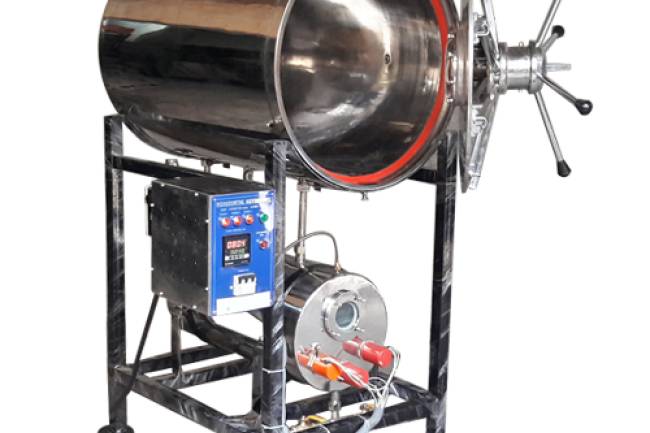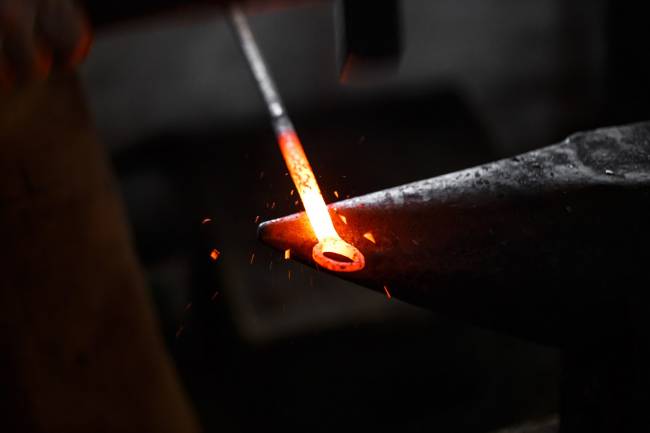
UV-VIS SPECTROPHOTOMETER: ABOUT, WORKING PRINCIPLE & USAGE AREAS
What is UV Spectrophotometer:
A UV spectrophotometer is a device that measures the density of the substance color to determine the amount or concentration of the substance.
As the center of light, the hydrogen discharge lamp (which emits 200-375 nm) under high pressure is used. The ultraviolet spectrophotometer is recommended for use in UV (Ultraviolet and Visible Light) spectra (200 - 380 nm) for spectrum analysis.
Usually UV-VIS Spectrophotometers are visible and combined and are called UV - visible. This type of spectrophotometers work by scanning wavelengths with beams ranging from 100 to 800 nm. UV and Visible Light sources are used in the same system. The software uses UV between 100 - 400 nm and visible local light source between 400 - 800 nm. In addition, UV-Visible spectrophotometers measure the concentration and the light emitted from the light source first passes through the slit and reaches the light divider. In the meantime, the light is divided into two sections and sent to the reference and sample cuvette at different times by means of the appropriate optical system. The light beam emitted from the cuvette reaches the detector and these light intensities are measured and recorded.
The amount of light passing through the solution is logarithmically inversely proportional to the way light passes through the solution and concentration of the solution, and the amount of light absorbed is directly proportional.
If UV visible zone rays pass through a solution containing organic molecules, the solution selectively absorbs (ie, absorption) some of these rays, absorbs or transmits the others slightly.
The light intensity from a colored solution placed in a cuvette is smaller than the light intensity (Io) included in the solution.
UV Visible Spectrophotometer Working Principle:
The ratio (I / Io) of the light intensity exiting the solution to the light intensity entering the solution is defined as transmittance (T). Transmittance is generally defined as (% T).
The color of a substance is the electromagnetic rays in the visible region that reach our eye from that substance. These rays form transparent rays that pass through the material, and for non-transparent materials they form reflected rays.
Photometry is the measurement of the amount of substance in the solution by taking advantage of the amount of light passing through the solution or held by the solution, and the instruments used in this type of measurement are called photometers. In photometric measurement, the concentration of colorless solutions can also be measured.
The UV Visible Spectrophotometer devices separating and transmitting a portion of the light beam onto the analyzed sample are referred to as colorimeters or photometers, while devices that make this selectivity by means of slits or prisms are called spectrophotometers.
A small number of nonmetals are analyzed by most metals in atomic absorption spectroscopy. After being converted into elemental state in atomic absorption spectroscopy, it is then evaporated and exposed to the beam of light from the source, ending with the absorption of the rays coming from the center of the beam. It should be noted that there is only a transition between electronic energy levels as a result of the absorption of electromagnetic radiation by gas-formed atoms.
Usage Areas of UV Spectrophotometer:
Although the measurements made according to the type of light source of the device are different, the number of substances to be measured is very high. The measured material may be liquid or gas. Light transmittable solids can also be measured. The best example is the field of opticianry. The field of application of the device is very wide and we can list the most common disciplines as follows.
Medicine: Quantities of various parameters in body fluids are measured, especially in the field of biochemistry.
Environmental engineering and aquaculture: Air and water pollution levels and quantities are measured.
Chemistry: Element densities and ratios of compounds and mixtures are determined.
Agriculture: Some soil analyzes are performed.
Geology: Analysis of a number of parameters within the mine is performed.
In addition to the above-mentioned sciences, UV-VIS Spectrophotometers are analyzed in many branches of the food industry, pharmaceuticals, construction, biology and industry.
Ultraviolet and visible light (UV-VIS) absorption spectrophotometer is a device that allows the measurement of the concentration of a sample at a given wavelength. After a beam passes through a sample or reflected by a sample, it measures on the basis of beam reduction. Decreasing intensity of light indicates increased absorption. UV-VIS spectroscopy is often used to measure molecules or inorganic ions and complexes in solution. With this device, samples containing water, medicine, environment and biochemistry are studied.












